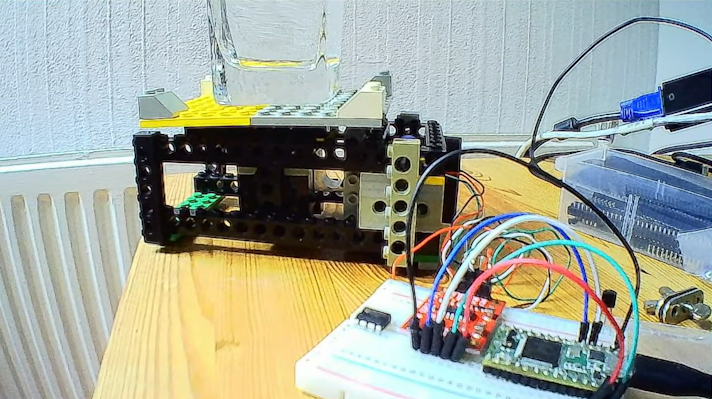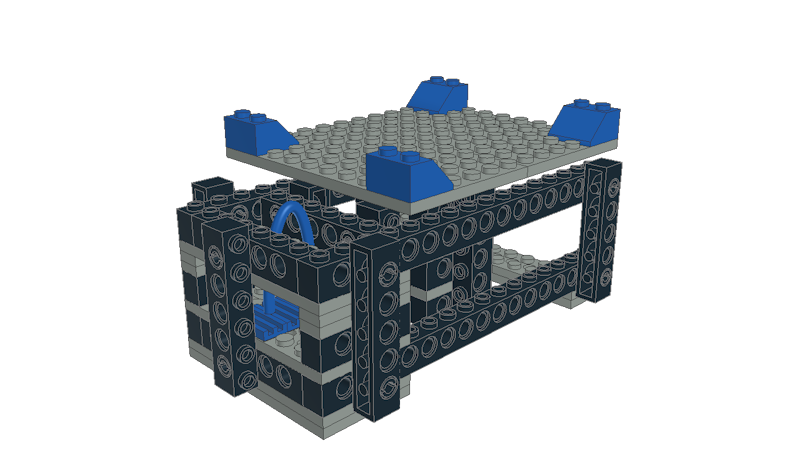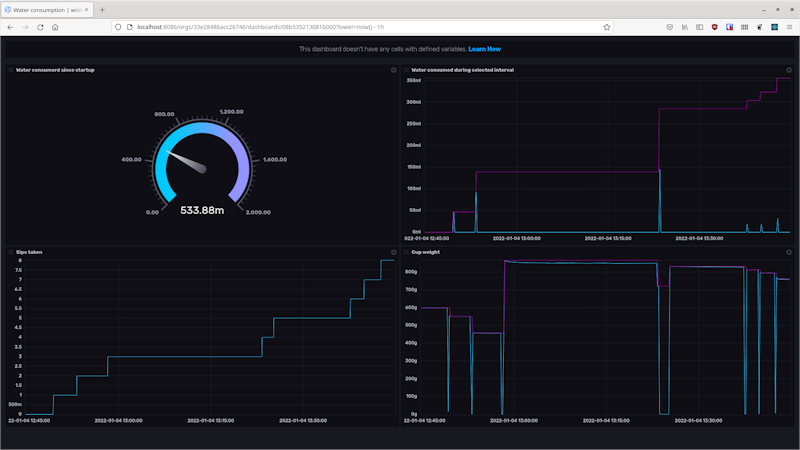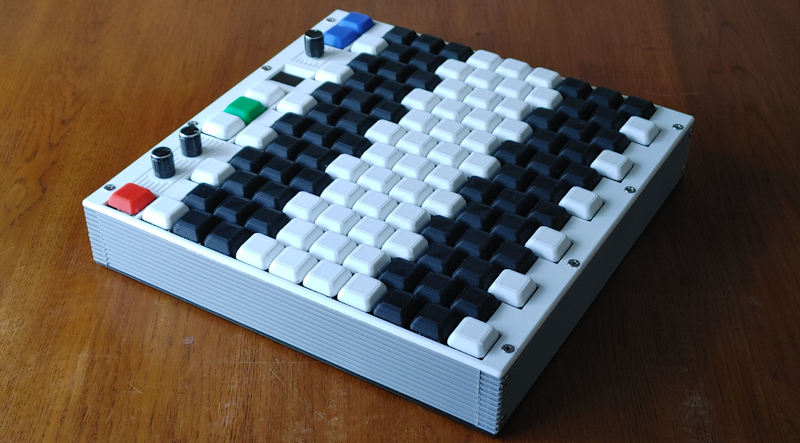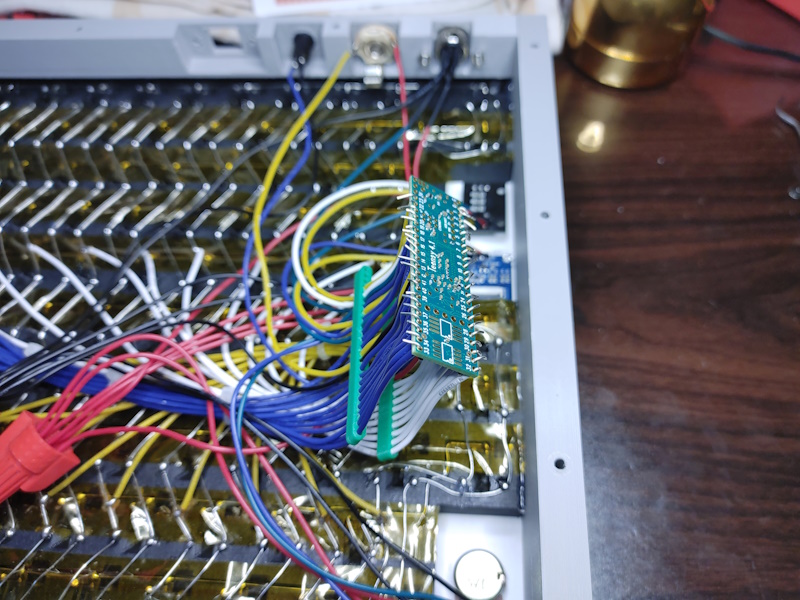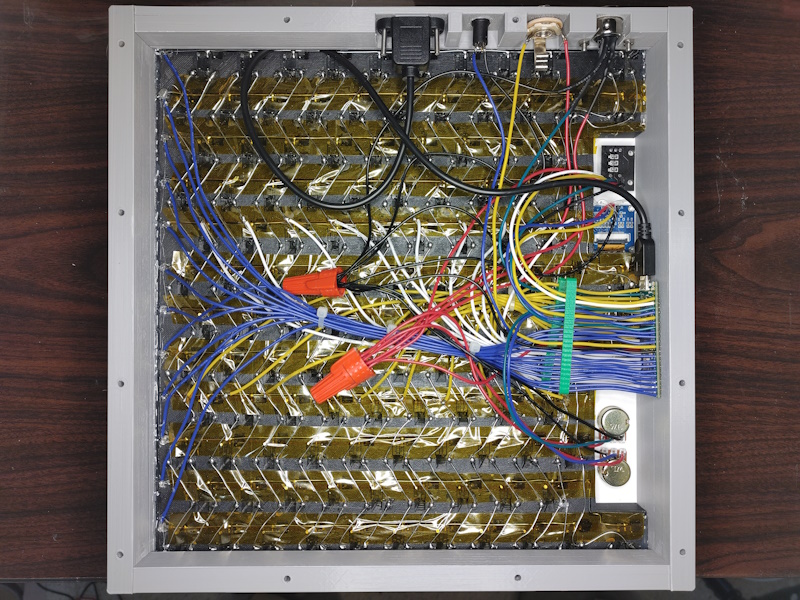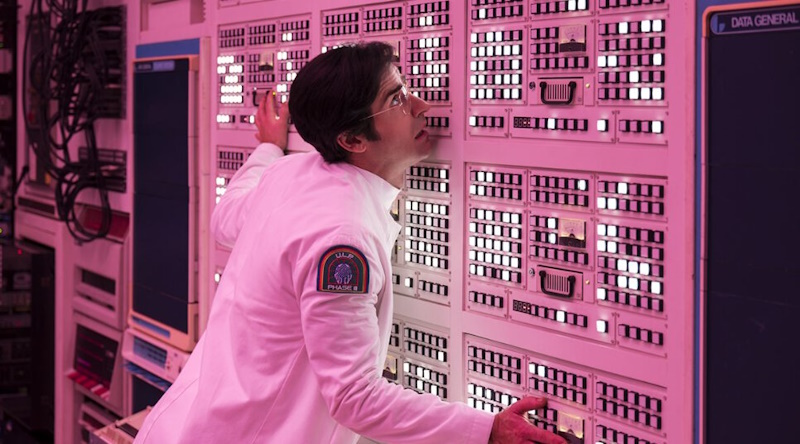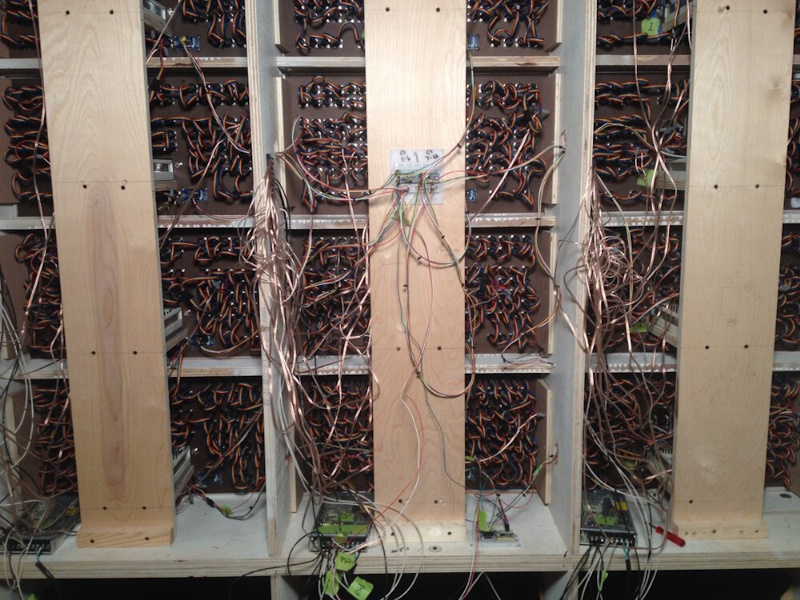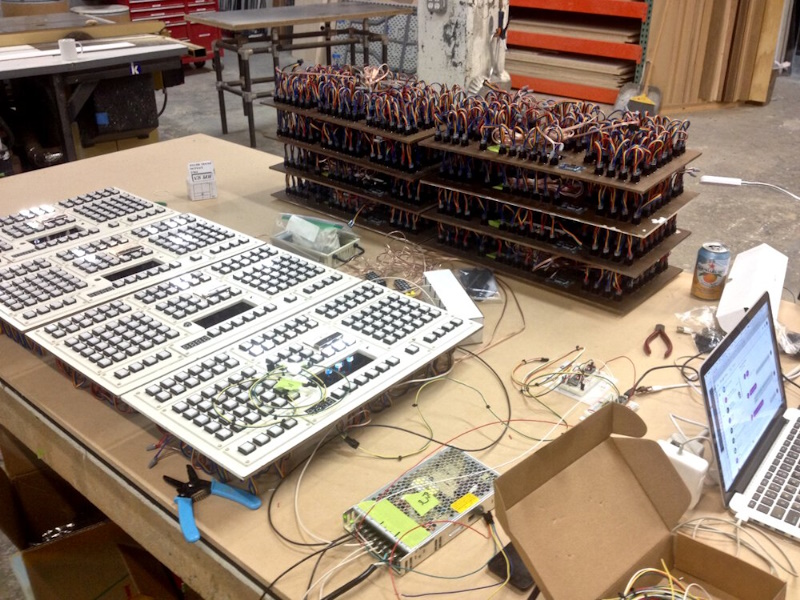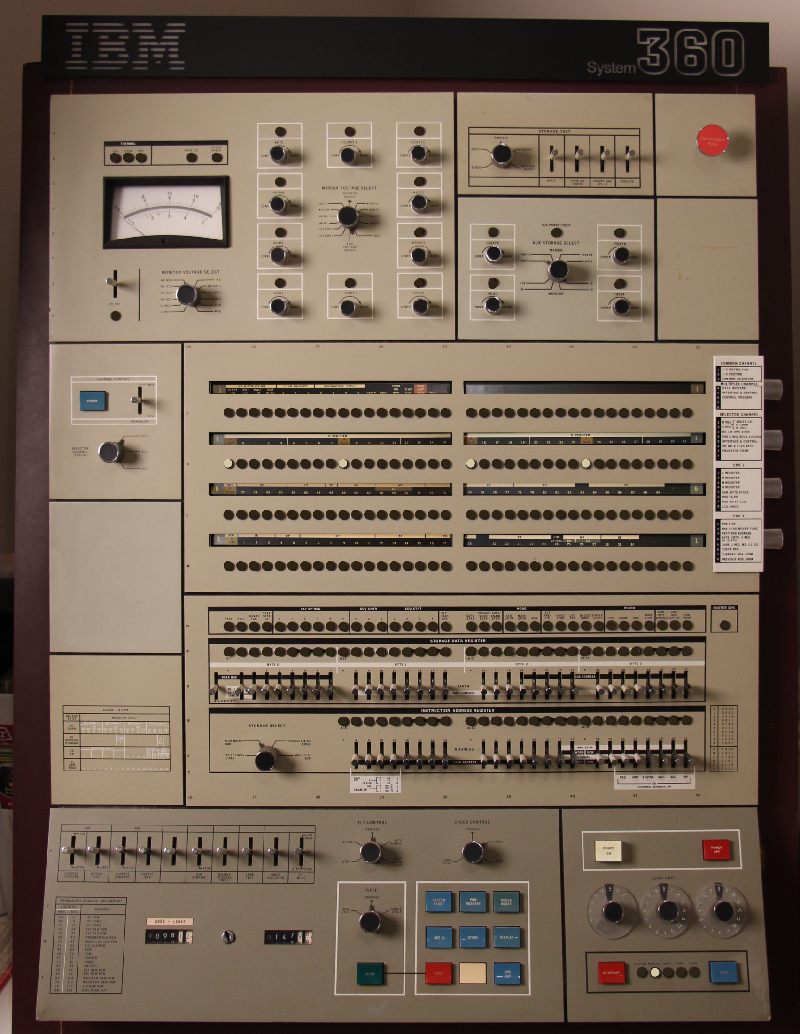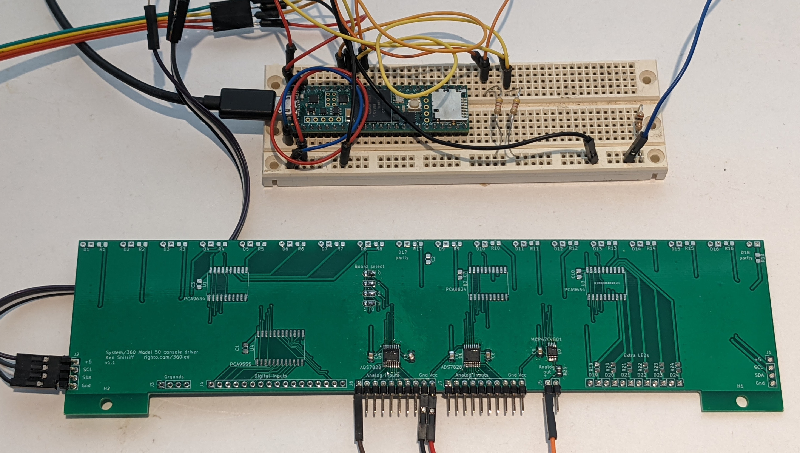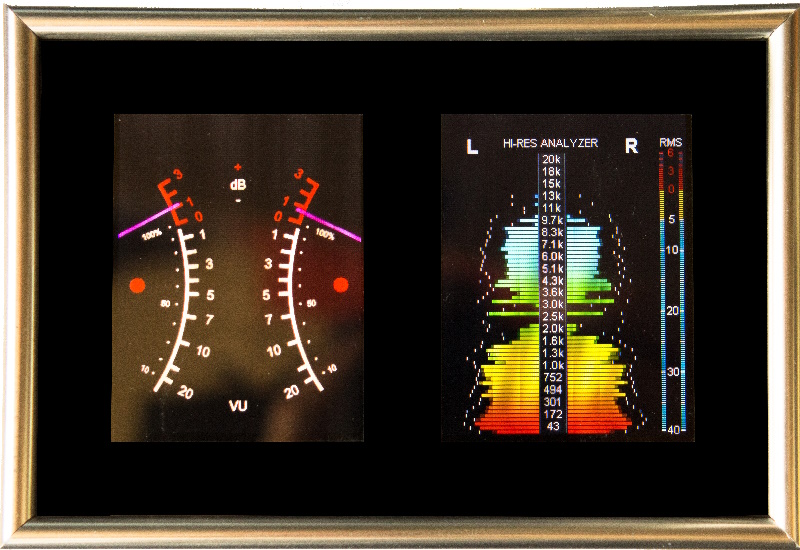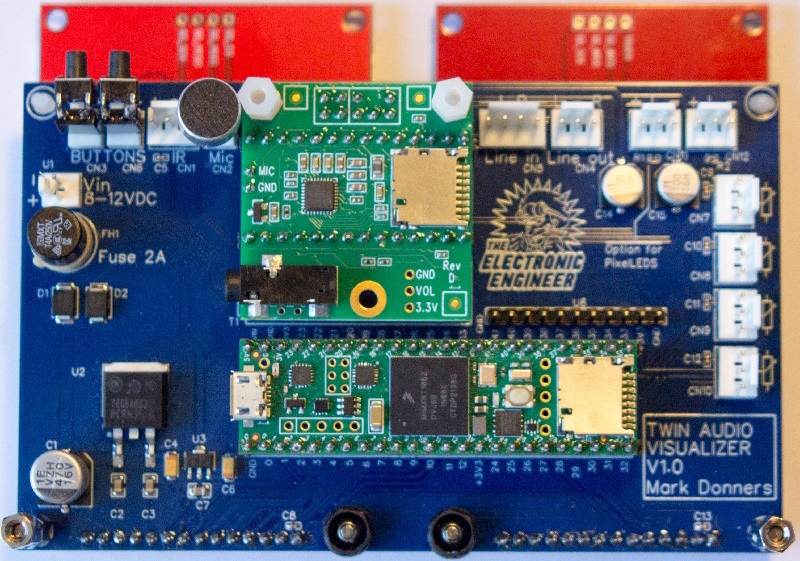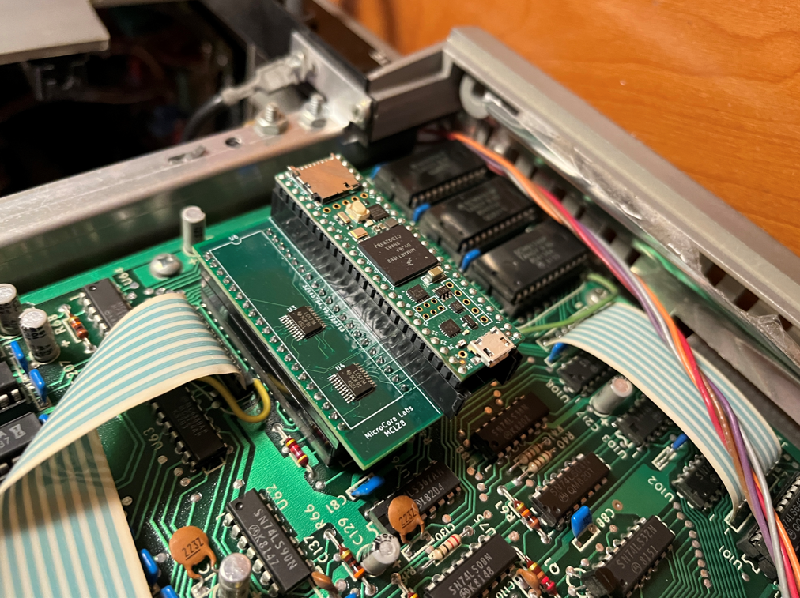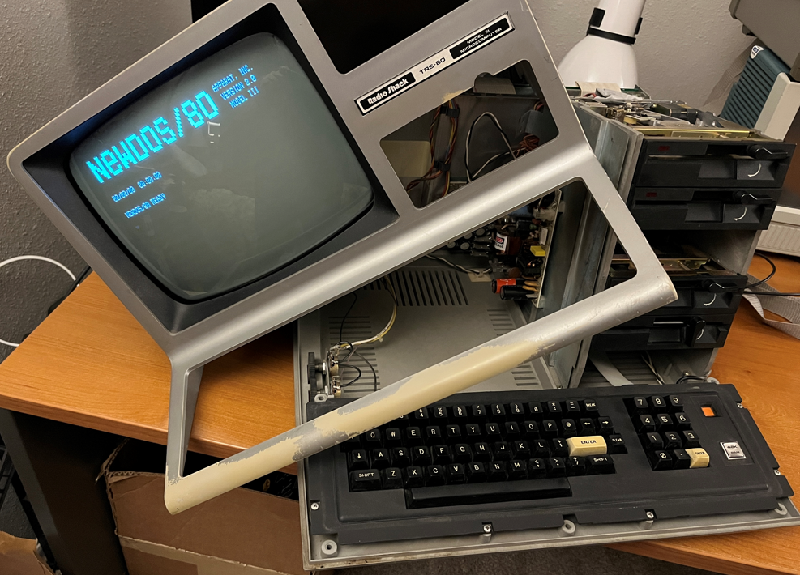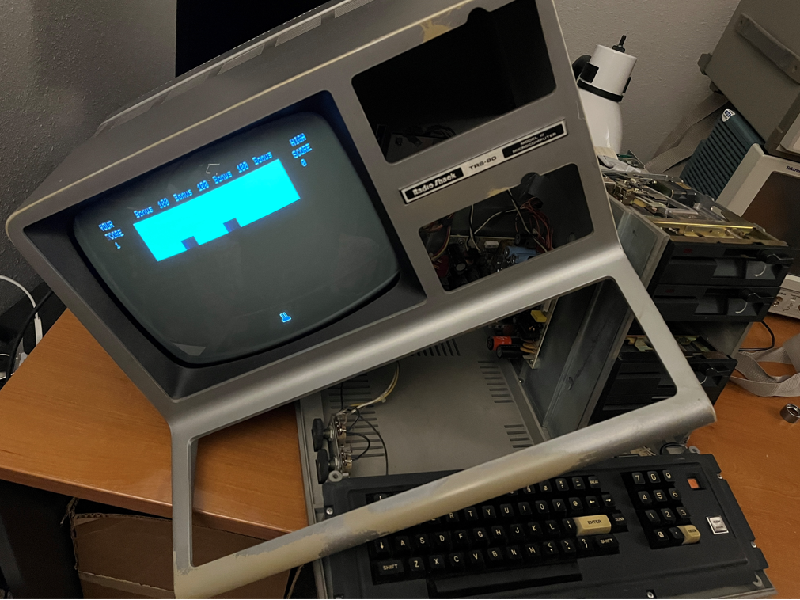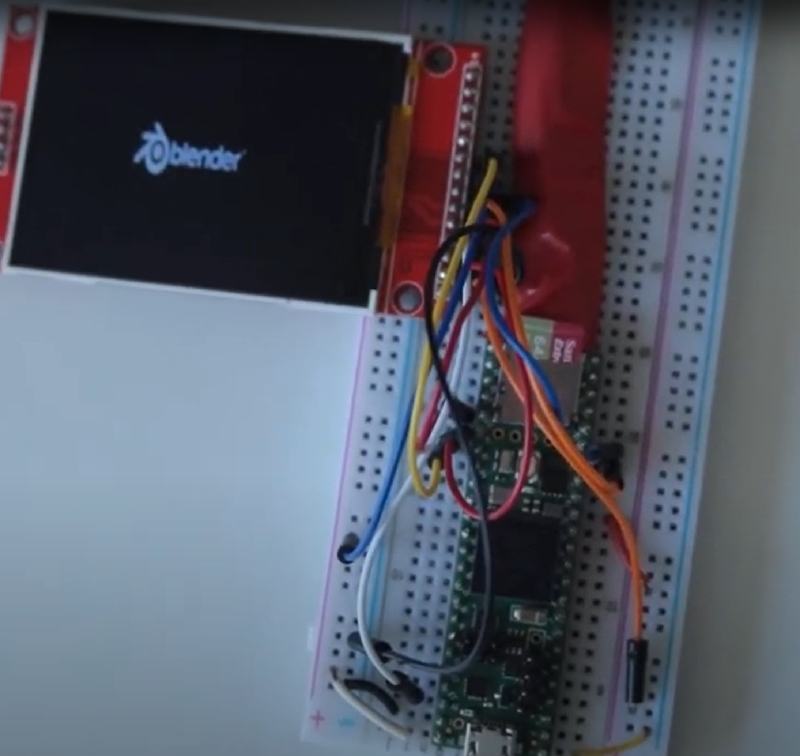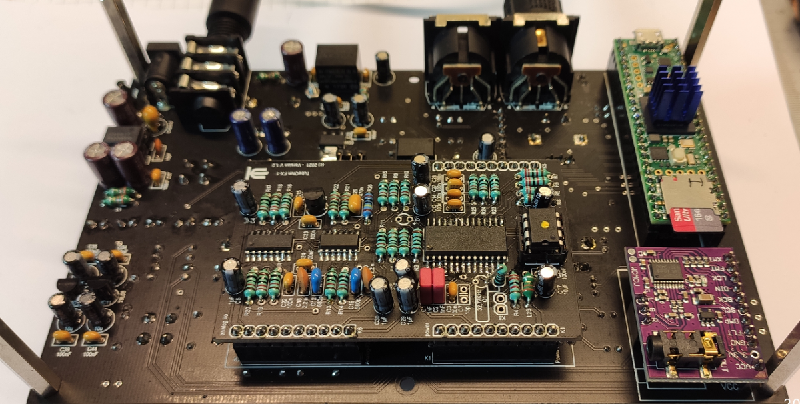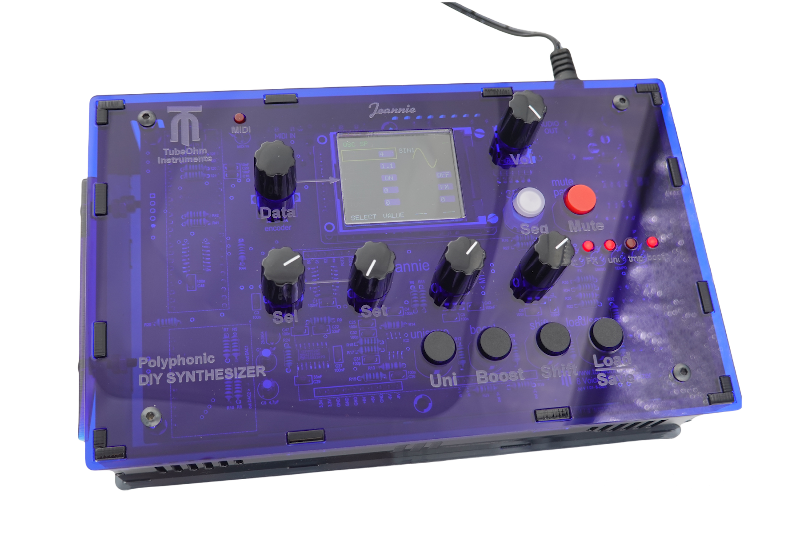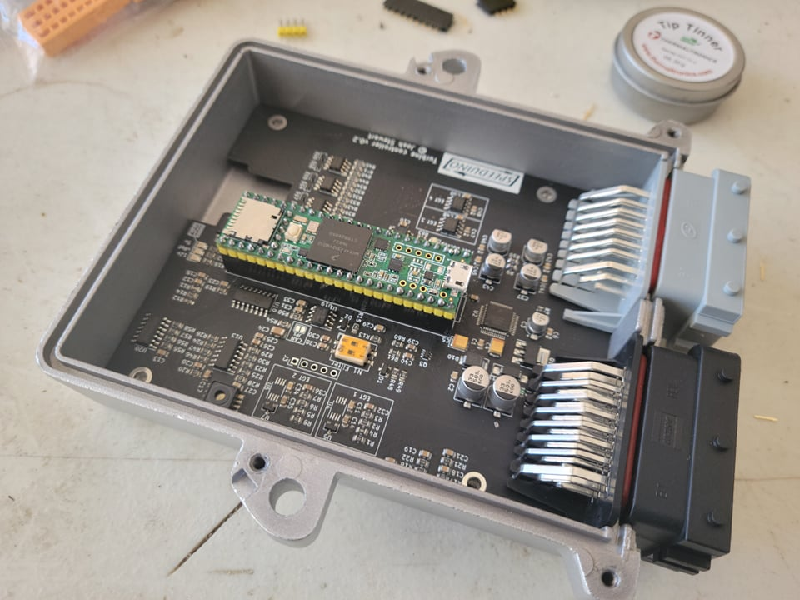As things finally start to warm up slightly in the northern hemisphere, it feels like only a matter of time until spring celebrations are in full swing.
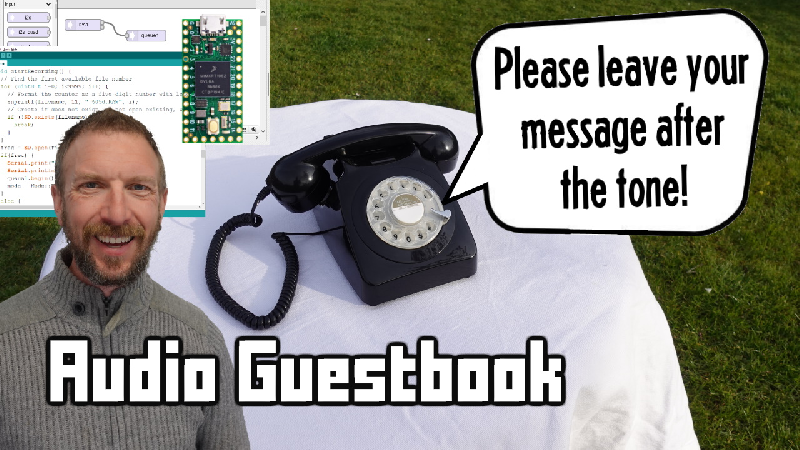
But how does one stand out among all the “DIY wedding hacks”? One idea that stood out to us is Playful Technology’s Audio Guestbook — an upcycled handset that allows guests to record fun, personal messages.
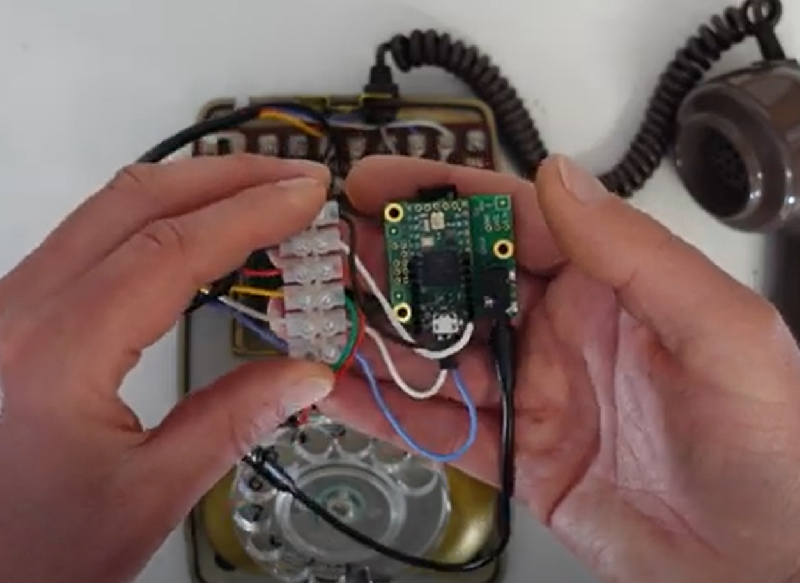
Hardware-wise, it’s a relatively simple affair: in addition to the Teensy Audio Board and Teensy 4.0, just a few connectors are required to interface with the old copper-network dog-and-bone. Software and detailed instructions are available on GitHub, including numerous community-contributed enhancements to the original project.
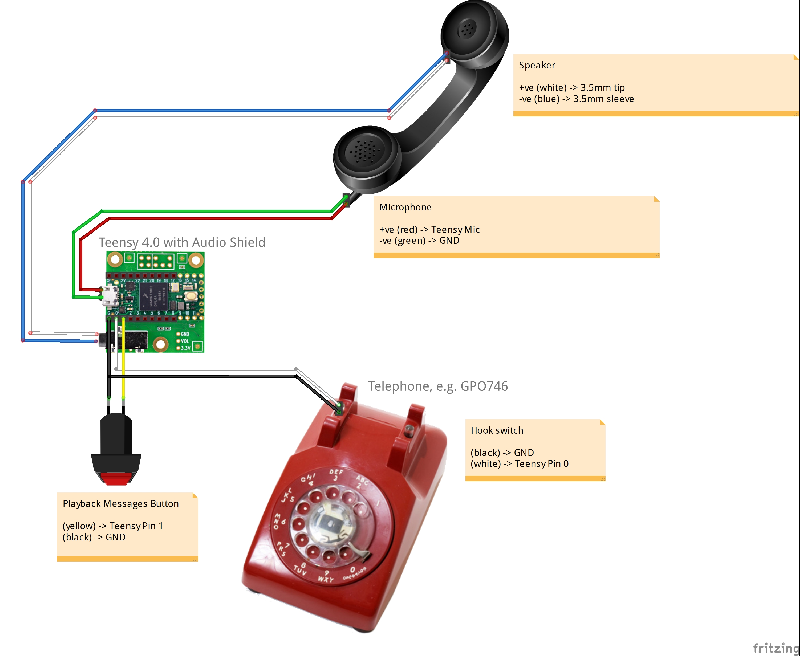
The accompanying how-to video’s comments are littered with folks who successfully recreated the project for their weddings — let us know if you’ve made something similar with a Teensy for your upcoming special event … and don’t forget our invite! <3
